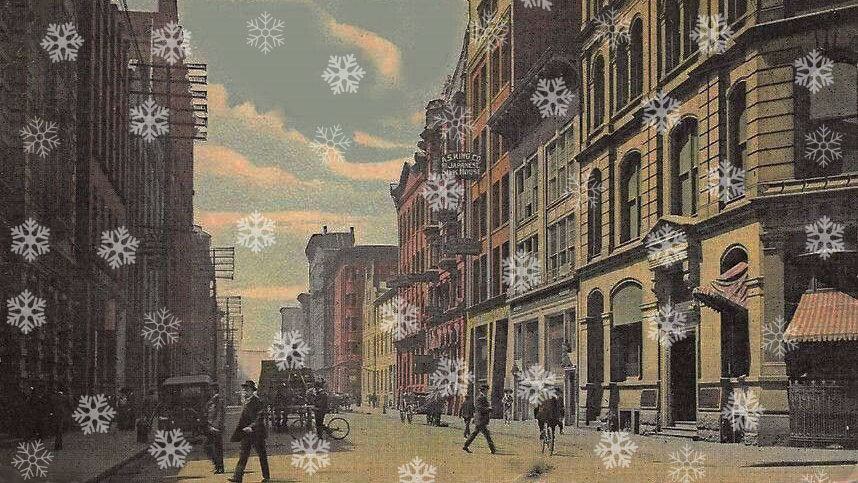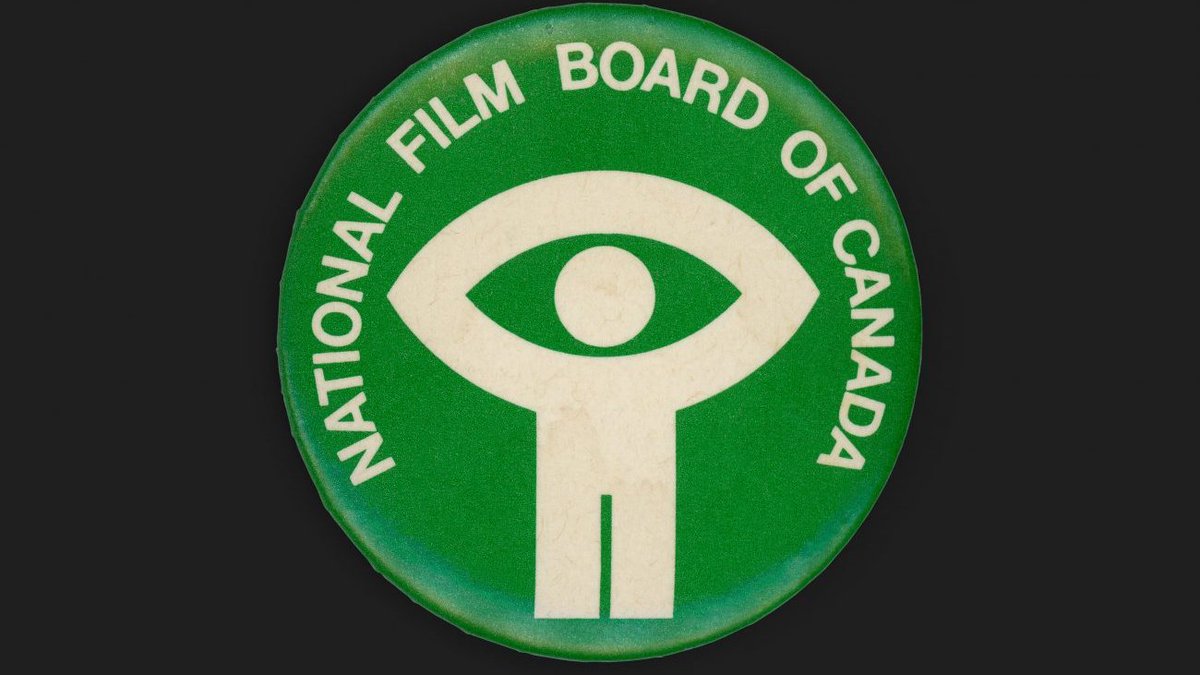1. It's 1929. Ernest Hemingway is in Paris. And he’s about to get his ass kicked by an author from Toronto. 

2. Hemingway originally went to Paris as a foreign correspondent for the Toronto Star. And in 1923, he’d gone back to Toronto for a while — that way, his wife Hadley could have their baby with the city’s well-respected doctors. 

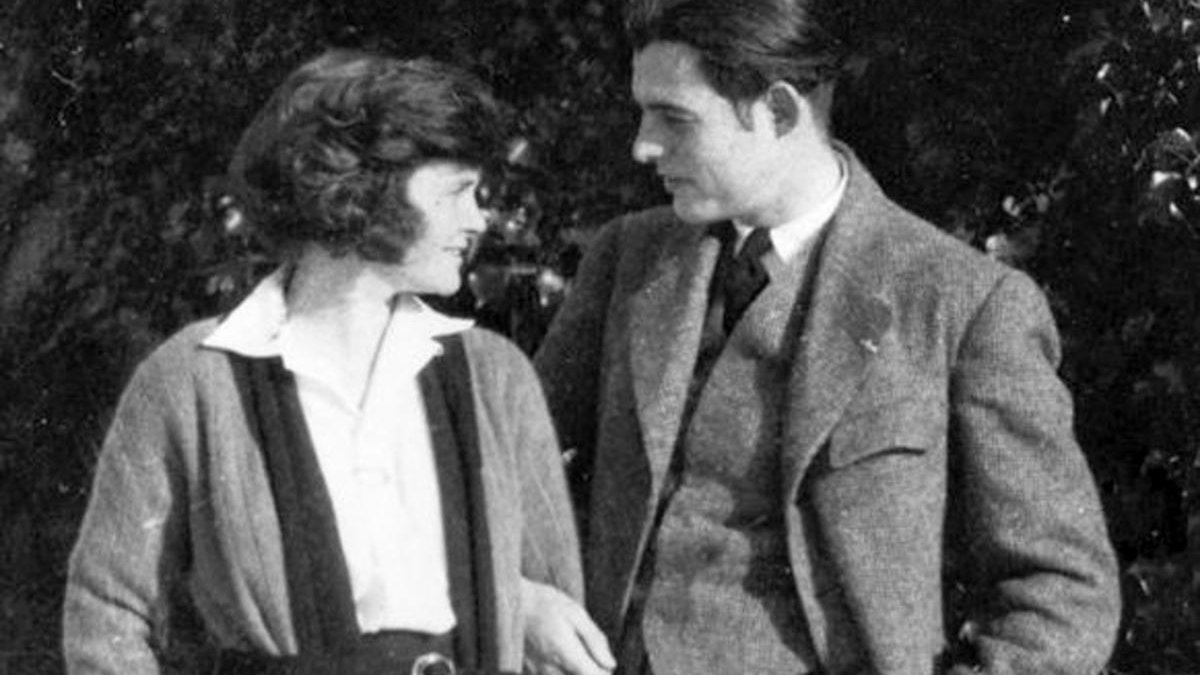
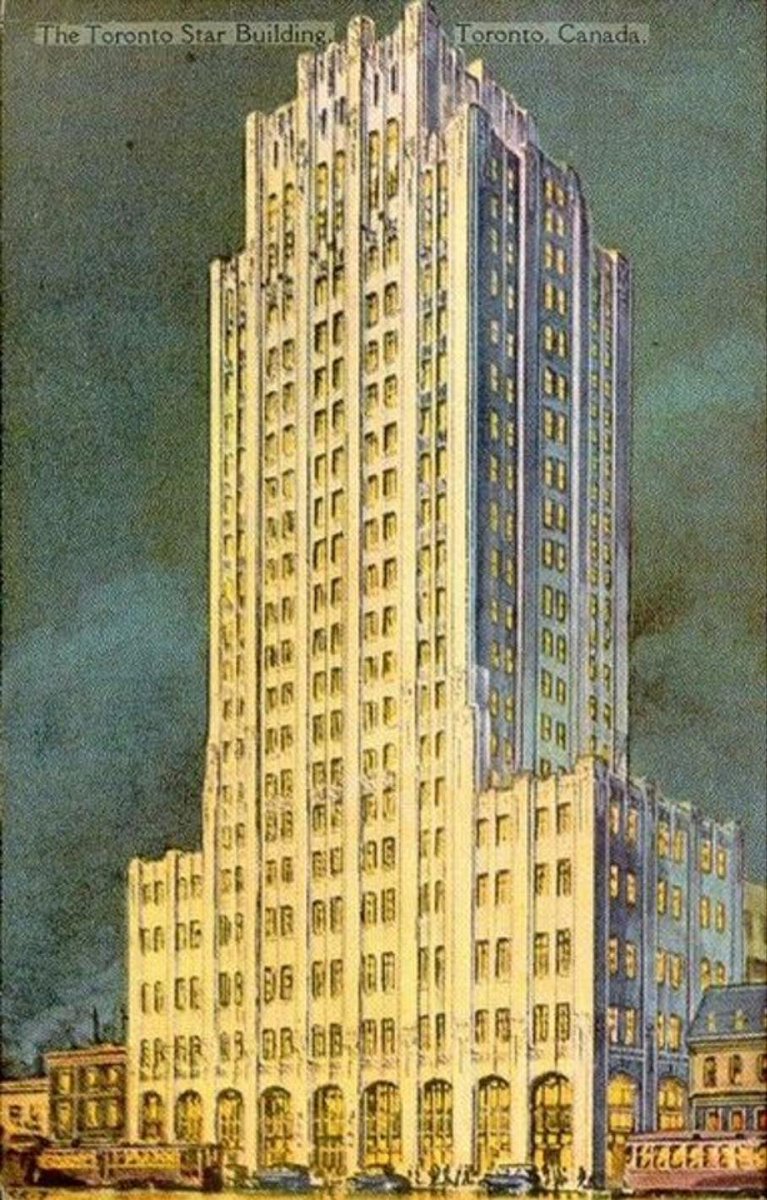
3. It was during that trip back to Toronto that he met another promising young writer for the Star.
Morley Callaghan was just starting out, but he would go on to become one of the most beloved Canadian authors of all-time.
Morley Callaghan was just starting out, but he would go on to become one of the most beloved Canadian authors of all-time.

4. And that was in part thanks to Hemingway. When he returned to Paris, he took Callaghan’s work with him, showing it to all the most influential writers and publishers.
They loved it so much that before long, Callaghan followed his new friend to the City of Light.
They loved it so much that before long, Callaghan followed his new friend to the City of Light.

5. The two writers would become even closer during that summer in Paris. And boxing had a lot to do with that.
6. Hemingway was suuuuper into boxing. Like, to a ridiculous, delusional extent. “My writing is nothing,” he once declared. “My boxing is everything.”
And, like so many things in his life, he needed to feel like he was THE expert at it.
And, like so many things in his life, he needed to feel like he was THE expert at it.
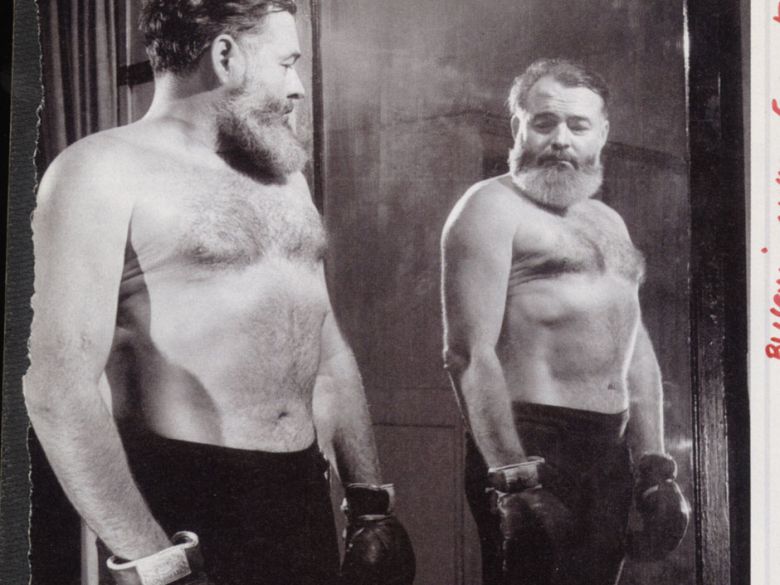
7. He was known to belittle even the greatest fighters in the world. It wasn’t long after he loudly proclaimed that Toronto boxer Larry Gains wouldn’t amount to much that Gains became champion of the British Empire (& only denied his chance at a world title because he was Black). 

8. Hemingway claimed he could be a professional boxer if he wanted to be. And he did little to quash a false rumour floating through the cafés of Paris: that he had once knocked out the French middleweight champion with a single, powerful punch. 

9. In fact, Hemingway was so weirdly intense about boxing that when he first learned Callaghan fought a little, he demanded he prove it.
He pulled out a pair of gloves and challenged him to spar with him right there in his apartment.
He pulled out a pair of gloves and challenged him to spar with him right there in his apartment.

10. Callaghan passed the test. Hemingway invited him to become his training partner. Every week, they’d faced off for a few rounds at the American Club, near where they both lived in the Latin Quarter. 

11. And it became very clear very quickly that Callaghan, though smaller, was a lot better than his opponent. Week after week, Callaghan landed blow after blow. Hemingway usually came out of their matches with a bloodied mouth. 



12. Turns out Hemingway couldn't have been a pro boxer after all.
“We were two amateur boxers,” Callaghan explained. “The difference between us was that he had given time and imagination to boxing; I had actually worked out a lot with good fast college boxers."
“We were two amateur boxers,” Callaghan explained. “The difference between us was that he had given time and imagination to boxing; I had actually worked out a lot with good fast college boxers."
13. For the most part, Hemingway seemed to take those punches with good humour. He even joked to a local bartender: “As long as Morley can keep cutting my mouth he’ll always remain my good friend.” 
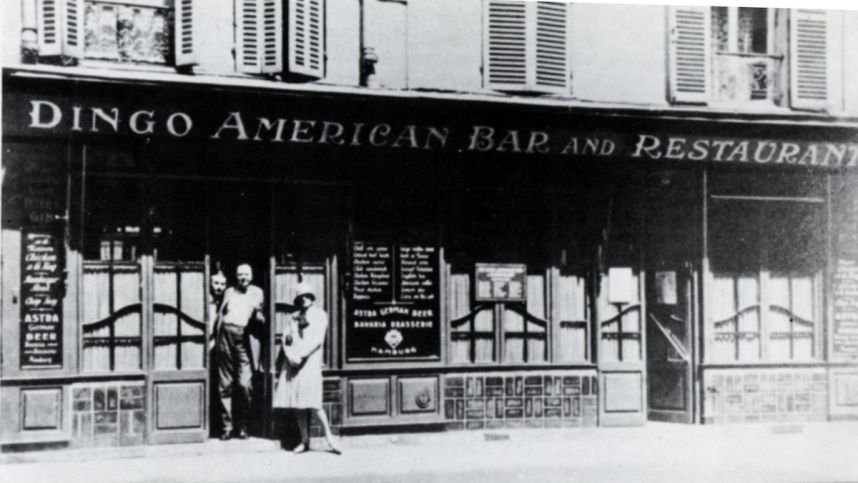
14. But then again, there were signs that he might be more upset than he seemed. Like, oh, say, the time he spat a mouthful of the blood flowing from his lip right into Callaghan’s face.
And all that simmering rage was about to boil to the surface...
And all that simmering rage was about to boil to the surface...

15. Sometimes, they'd ask someone else along to watch & serve as timekeeper. One day, it was the artist Joan Miró. Another fateful day, it was their mutual friend: F. Scott Fitzgerald. 
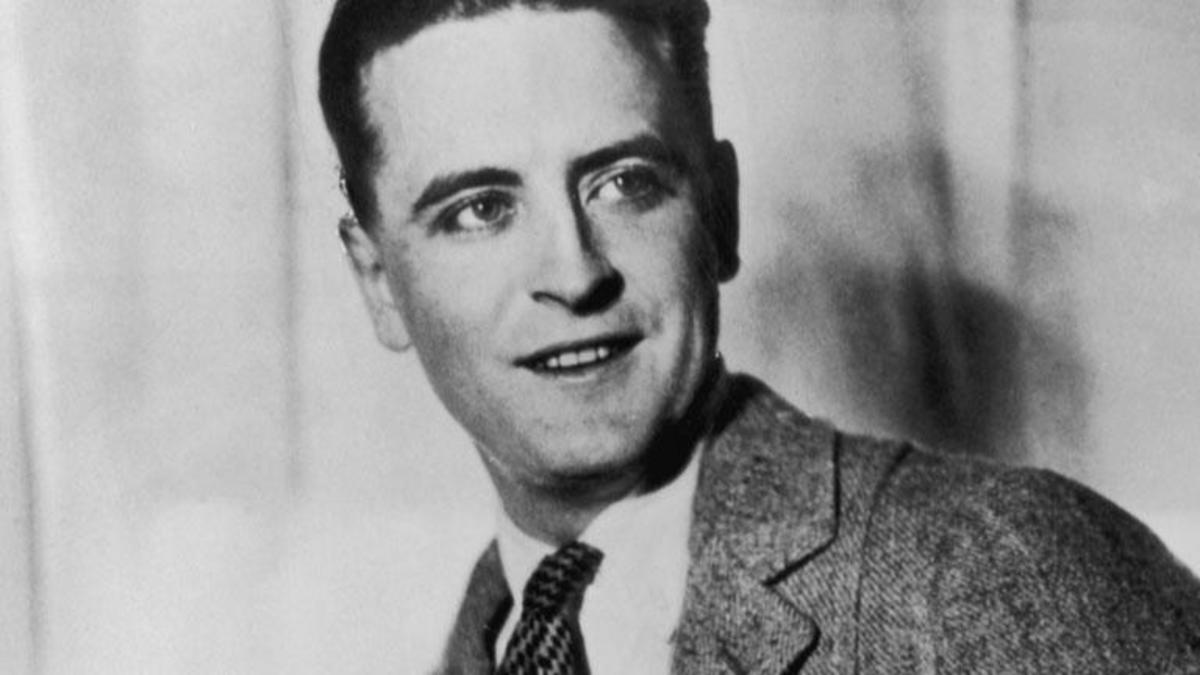
16. By the end of the first round, Fitzgerald — who idolized Hemingway — was clearly distraught. His idol was getting soundly beaten by this small Canadian foe, his mouth bleeding yet again.
And Hemingway noticed that disappointed look on Fitzgerald’s face.
And Hemingway noticed that disappointed look on Fitzgerald’s face.

17. During the next round, Hemingway came out swinging, recklessly trying to land big punches and knock Callaghan down. Instead, it was the Canadian who landed the decisive blow, catching Hemingway full on his jaw, sprawling him out on his back. 

18. A moment later the legendary friendship between Hemingway & Fitzgerald was dealt an equally crushing blow.
Fitzgerald, who had gotten caught up in the action and lost track of the time, exclaimed, "Oh, my God! I let the round go four minutes."
Fitzgerald, who had gotten caught up in the action and lost track of the time, exclaimed, "Oh, my God! I let the round go four minutes."
19. “All right, Scott,” Hemingway shot back. “If you want to see me getting the shit knocked out of me, just say so. Only don’t say you made a mistake.” 

20. And that was it; Hemingway never forgave Fitzgerald. Their friendship never fully recovered. Hemingway was still complaining about that moment nearly 40 years later, in the last letter he wrote before his suicide. 



21. This story is just one of the true tales of Toronto history that you'll find hidden in the streets of Paris.
I'm featuring as many as I can as part of the Toronto Dreams Project's Grand Tour of Europe — but I need your help to do it! indiegogo.com/projects/bring…
I'm featuring as many as I can as part of the Toronto Dreams Project's Grand Tour of Europe — but I need your help to do it! indiegogo.com/projects/bring…
22. There are just a few hours left in the crowd-funding campaign!
With your help, I'll be leaving some of my fictional Toronto historical dreams for Hemingway & Callaghan at the spot where the boxing match happened—and sharing other places around Paris related to their lives.


With your help, I'll be leaving some of my fictional Toronto historical dreams for Hemingway & Callaghan at the spot where the boxing match happened—and sharing other places around Paris related to their lives.



23. Plus, I'll be creating a dream for that great Toronto boxer Larry Gains, too. And sharing dozens of other Toronto stories from France, Italy, Germany and Spain.
indiegogo.com/projects/bring…



indiegogo.com/projects/bring…


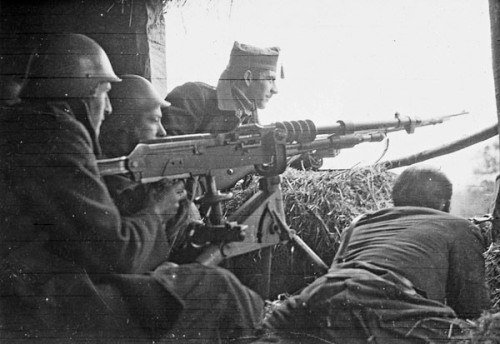
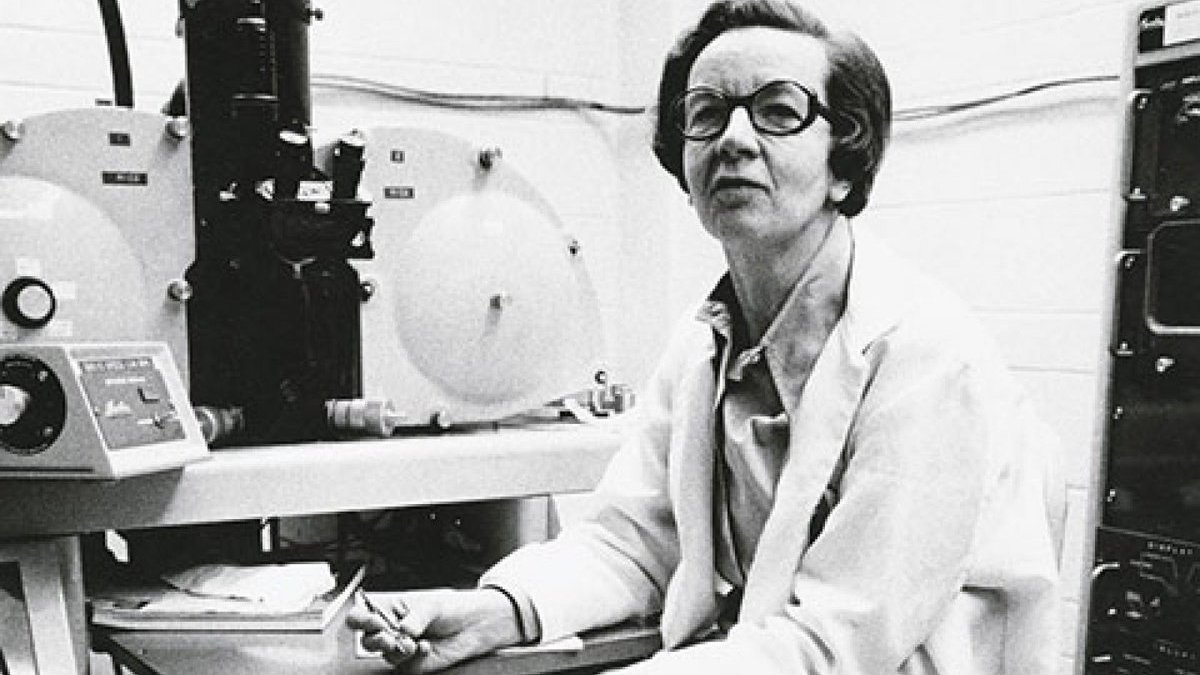
24. If you missed out on the crowd-funding campaign, but would still like to contribute, you can send a donation via PayPal. I'll be very happy to send you the same perks I offered during the campaign! paypal.me/adamtbunch
torontodreamsproject.blogspot.com/2019/08/annouc…
torontodreamsproject.blogspot.com/2019/08/annouc…

• • •
Missing some Tweet in this thread? You can try to
force a refresh






